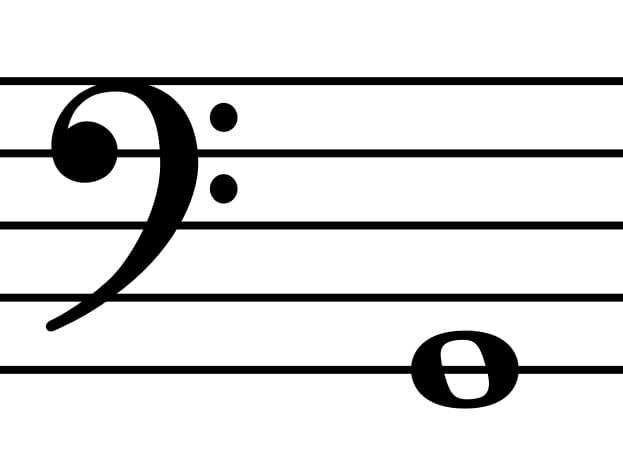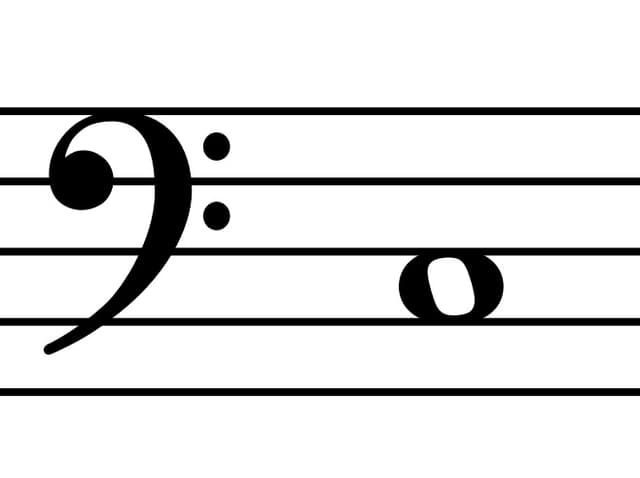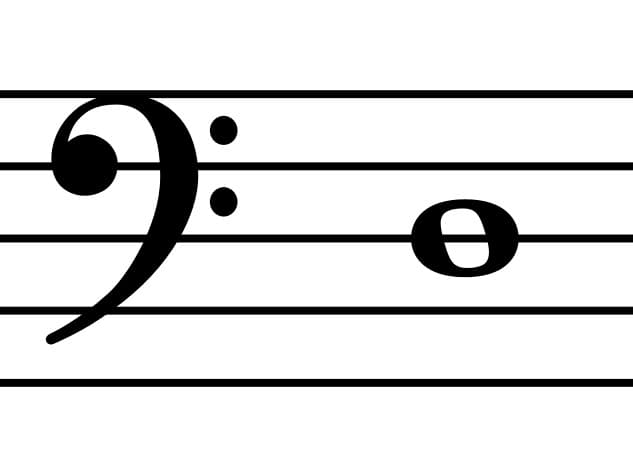Myths about teaching can hold you back
- Year 10
- OCR
Using chord vi and using the bass harmonically
I can develop an idiomatic bass line and modulate a chord sequence into the relative minor key.
- Year 10
- OCR
Using chord vi and using the bass harmonically
I can develop an idiomatic bass line and modulate a chord sequence into the relative minor key.
These resources will be removed by end of Summer Term 2025.
Switch to our new teaching resources now - designed by teachers and leading subject experts, and tested in classrooms.
These resources were created for remote use during the pandemic and are not designed for classroom teaching.
Lesson details
Key learning points
- Chord vi is the relative minor chord in a major key.
- It can be used to briefly suggest minor tonality, adding complexity and interest to a chord sequence.
- The bass part is crucial to harmony, because it emphasises key notes in each chord and determines chord inversions.
- It is usually notated in bass clef.
- Using the bass to emphasise root position chords helps to strengthen the harmony.
Keywords
Relative minor - the minor chord or key that has the same key signature as a major key (e.g. A minor compared to C major)
Tonic - chord I - the 'home' note and chord of a key and the note that the key is named after
Dominant - the fifth note in a scale, or the chord based on that note (chord V)
Root position - a chord in which the root note is the lowest note
Chord inversion - when the notes of a chord are reordered so that the root is not the lowest note
Common misconception
You should use root position chords sparingly because they sound uninteresting.
Not necessarily. Root position chords are important because they anchor the music in the key. Most chords in a chord sequence should be root position, with some inversions used to add interst and variety.
To help you plan your year 10 music lesson on: Using chord vi and using the bass harmonically, download all teaching resources for free and adapt to suit your pupils' needs...
To help you plan your year 10 music lesson on: Using chord vi and using the bass harmonically, download all teaching resources for free and adapt to suit your pupils' needs.
The starter quiz will activate and check your pupils' prior knowledge, with versions available both with and without answers in PDF format.
We use learning cycles to break down learning into key concepts or ideas linked to the learning outcome. Each learning cycle features explanations with checks for understanding and practice tasks with feedback. All of this is found in our slide decks, ready for you to download and edit. The practice tasks are also available as printable worksheets and some lessons have additional materials with extra material you might need for teaching the lesson.
The assessment exit quiz will test your pupils' understanding of the key learning points.
Our video is a tool for planning, showing how other teachers might teach the lesson, offering helpful tips, modelled explanations and inspiration for your own delivery in the classroom. Plus, you can set it as homework or revision for pupils and keep their learning on track by sharing an online pupil version of this lesson.
Explore more key stage 4 music lessons from the Fundamentals of composition: extended unit, dive into the full secondary music curriculum, or learn more about lesson planning.

Equipment
DAW, notation software, keyboard or other suitable instrument as a composition tool.
Licence
Prior knowledge starter quiz
6 Questions
Q1.Chords I, IV and V are the __________ chords.
Q2.Chords ii, iii and vi are the __________ chords.
Q3.Which of these chords is minor?
Q4.What is this note?

Q5.What is this note?

Q6.What is a chord inversion?
Assessment exit quiz
6 Questions
Q1.Chord vi is known as the __________ minor chord.
Q2.What is a relative minor key?
Q3.A __________ position chord is best when you want to emphasise the key.
Q4.Which of these is the best description of when to use root position chords in a chord sequence?
Q5.Which chord/key is the relative minor of C major?
Q6.What is this note?




